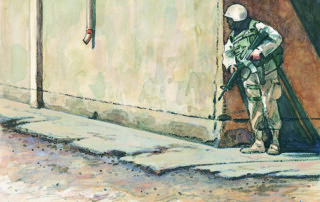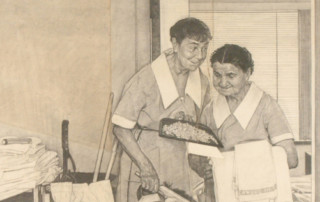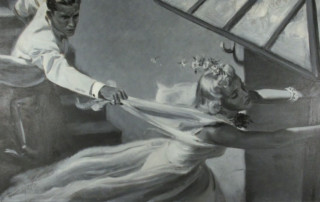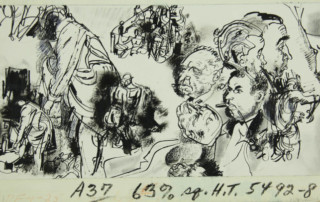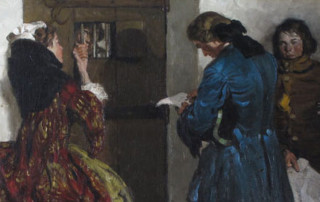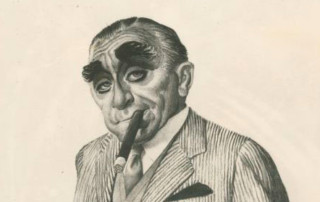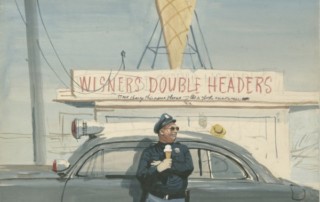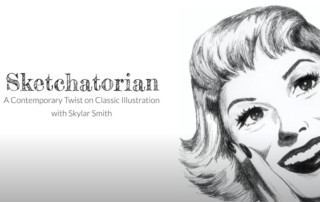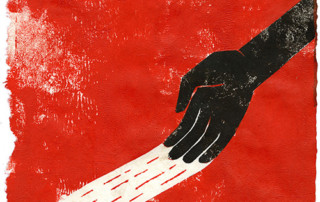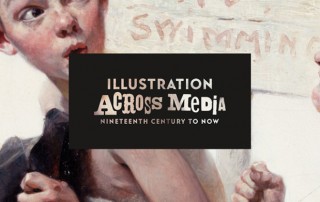Embedded: Illustrators and the Armed Forces
Despite the growing efficiency of cameras in the nineteenth century, photography on the battlefield was difficult due to long exposures and cumbersome equipment. Because of this, Civil War illustrator reporters like Winslow Homer, Alfred Waud and Edwin Forbes were engaged to capture events that photography at the time could not. In the twentieth century, wartime illustrators remained in demand⸺as skillful practitioners they were able to prioritize in chaotic situations and assemble compelling visual evidence that communicated to viewers in a visceral way.


